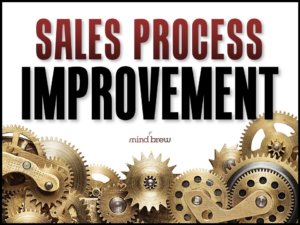From the earliest days of recorded history, humans have looked for ways to synchronize their activities.
At least as far back as 1500 BC, the ancient Egyptian and Chinese civilizations were using sundials and water clocks to mark the passage of time. By the seventh century AD, medieval monks were using bells to call everyone to prayer at the same time. People began experimenting with ways to make those bells more automated, and by the 13th and 14th centuries, many cathedrals had mechanical clocks that rang out on the hour so that the entire town could be kept in sync.
This type of localized time-keeping worked pretty well until the advent of transcontinental railroads. Suddenly, people who lived very far from each other needed a way to synchronize their clocks. That led to the development of time zones and the use of the telegraph system to transmit the current time.
In the 1970s, an early precursor of the Internet called ARPANET needed a more rigorous way to keep computers synced. A computer scientist named David Mills came up with Network Time Protocol (NTP), which we still use to keep all computers within a few milliseconds of universal time.
We don’t think about it all that often, but NTP enables a huge portion of modern life. Phone calls, financial transactions, television and radio broadcasting, cloud computing, video games, conference calls, email, online streaming, air traffic control, GPS maps, and so much more would be impossible without NTP keeping us all aligned.
Sales Ops: NTP for Sales Teams
Within sales organizations (and the broader company), Sales Ops performs a function that is similar to NTP.
Modern sales teams have a lot of different moving parts. Teams have to be on the same page or things start to break down.
For example, without coordination, the sales and marketing teams might pursue misaligned goals. If the sales team is focused of farming their existing accounts for additional revenue, a marketing campaign that aims to reach brand new customers isn’t going to be very helpful.
The organization can become misaligned in a myriad of other ways as well. Maybe the team doesn’t have a standardized sales process. Maybe the compensation program rewards behaviors that aren’t consistent with business goals. Maybe the sales team is tracking different key performance indicators than management. Maybe customer feedback doesn’t get transmitted to the product team. Maybe people aren’t all using the CRM in the same way. Maybe you have too many resources in some regions and not enough in others.
The point is that without someone holding all these pieces and parts together, the organization can start to fall apart.
The sales operations organization is uniquely positioned to be the glue that holds everyone together.
Sales Ops teams can define the processes and protocols that everyone follows. They can set up communications systems and serve as a conduit for critical pieces of information. They can recommend technology that can support all these processes and procedures effectively. And they can tweak these things over time to realize steady improvements.
If your Sales Ops team isn’t functioning in this way now, don’t wait for an invitation. It’s up to you to seize the initiative and take the steps necessary to solve these problems.
If you’re not sure how to get started, check out the following resources:
- Fostering Productive Collaboration
- Reducing Friction Between Sales & Marketing
- Essential Sales Ops Roles
- Sales Process Improvement
Over time, methods for keeping human activities synchronized become ingrained in the fabric of daily life, whether those are the bells that govern monastic life or the integrated clocks on our cell phones. By playing your role as the syncing mechanism in your organization, Sales Ops also become more indispensable to the business.















